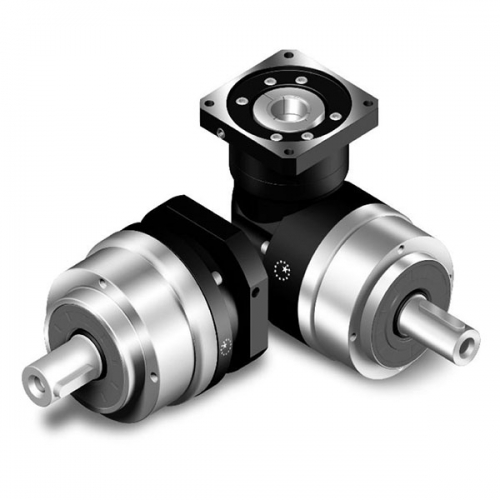We all know that there are various types of reducers. What do you know about the hard tooth surface reducers? The non-standard reducers are not nearly the same as the customized ones. They are different in size from the reducers. They need to be specially processed or made into a mold. Due to the change of structure, the non-standard reducer has the following characteristics in use and production

1. The oil leakage has been greatly alleviated. Oil leakage of reducer is always a headache. The new reducer is still passable. After a period of use or opening the cover, sealing becomes the main problem. Through careful observation, it was found that the oil leakage mainly concentrated in the joint surface of the box body and the dynamic connection between the shaft extension end and the bearing end cover. The joint surface of the box is high, which avoids the occurrence of oil leakage. Even if a small amount of lubricating oil is thrown under the box cover by the gear, it will only gather into drops and drop into the box immediately, instead of flowing into the joint surface along the inner side of the box cover like the scale reducer. Moreover, the packing replaces the O-ring, and the packing gland can be adjusted at any time with the aggravation of wear to reduce oil leakage.
2. The upper cover of the reducer is flat, which can meet the special needs of blind hole brick press and other mechanical equipment. Compared with the scale reducer, the structure is more conducive to blanking, welding and machining. After welding, the main processing work of the structure is boring the bearing seat hole and planing or milling the joint surface of the box body, instead of grinding the joint surface of the box body like the scale reducer. In this way, not only reduce the workload, but also more easily ensure the accuracy of the bearing seat hole.
Let's learn about the precautions for the use of non-standard reducers
1. Check whether the oil level in the reducer meets the requirements before starting. Open or replace the ventilation cap according to the prompt to make it ventilate smoothly, and check whether the rolling is flexible.
2. Before the load test run, it is necessary to run for about half an hour without load, and it is confirmed that the load can be loaded after the no-load and no end barrier. During the test run, the operation condition should be checked frequently: no abnormal impact, vibration, leakage or oil leakage. The temperature rise shall not exceed 60 ℃, and the maximum oil temperature shall not exceed 100 ℃ (it shall also be checked regularly during daily work). Only when everything is normal can formal work be carried out.
3. If any abnormality is found in the work, stop the machine for inspection, and carry on the work after finding out and eliminating the fault. Always check the lubrication condition, pay attention to make up the oil quantity, and change the deteriorated lubricating oil in time.
4. If the installation position changes, generally replace the oil mirror, oil plug and vent cap.
5. Hard gear reducer should always keep clean maintenance, the outer surface should not accumulate dust, so as not to affect the heat dissipation.
6. Storage: dry and ventilate. Store at room temperature. When the storage period exceeds three months, antirust treatment shall be carried out. If the machine has been stored for about one year, check whether the oil seal is aged and whether the oil is deteriorated.